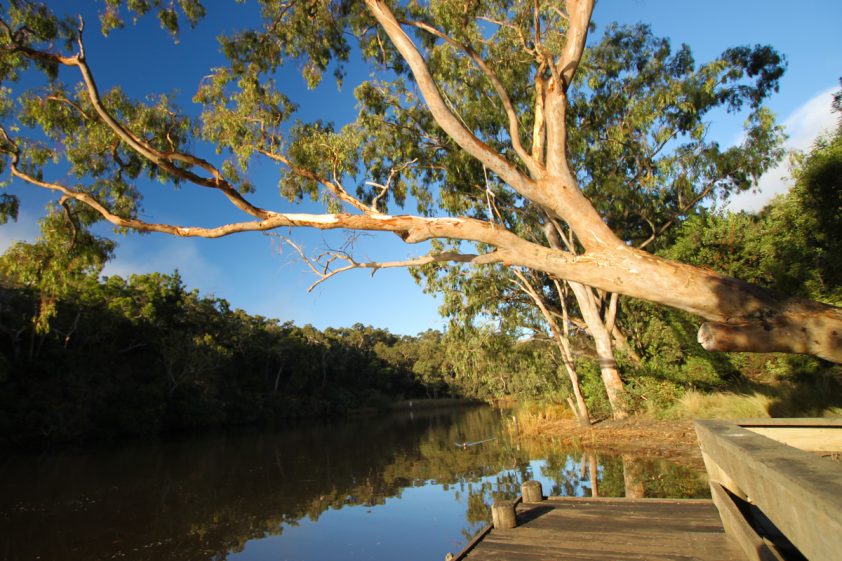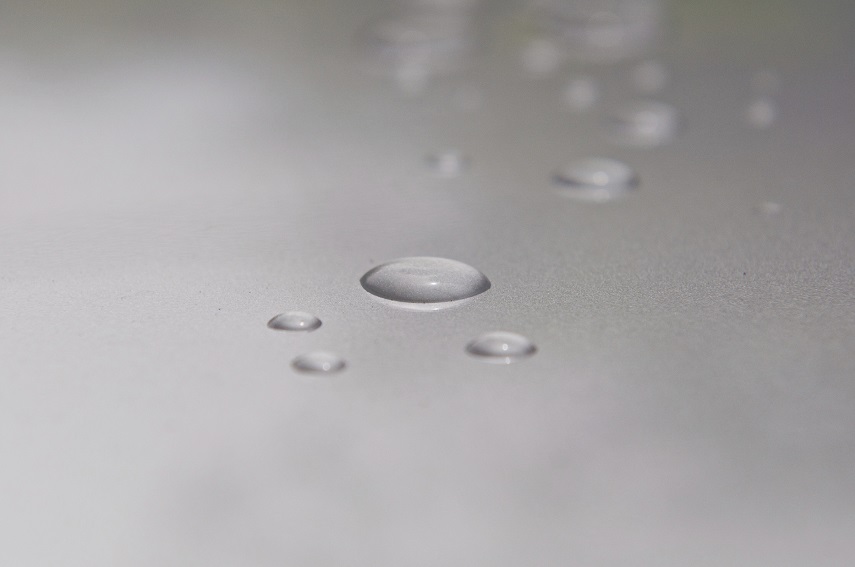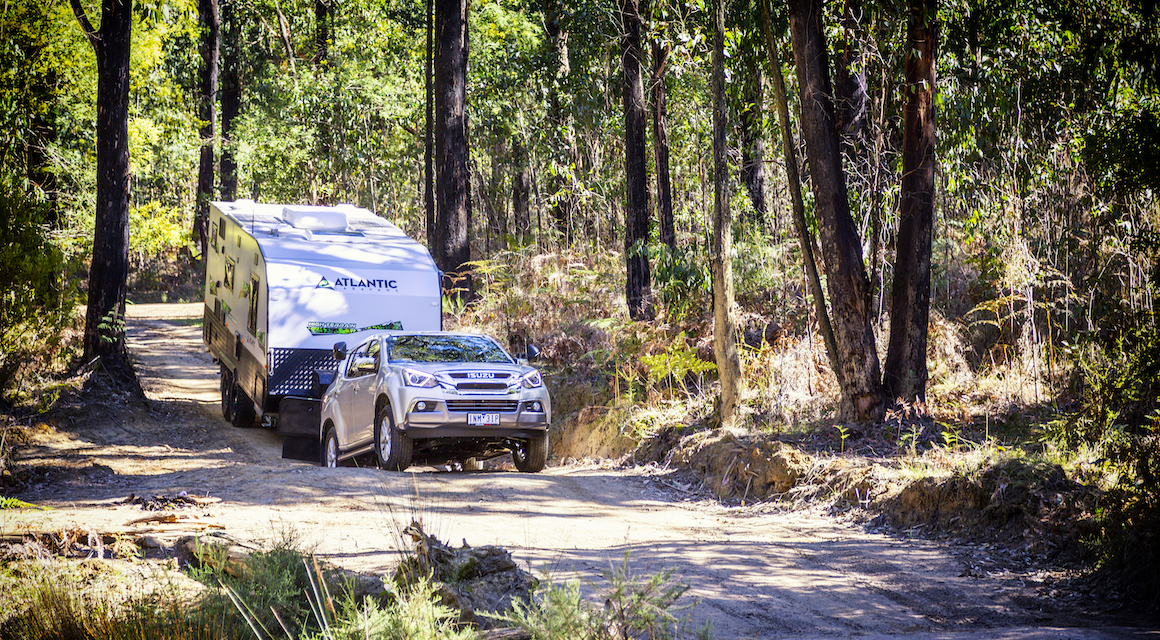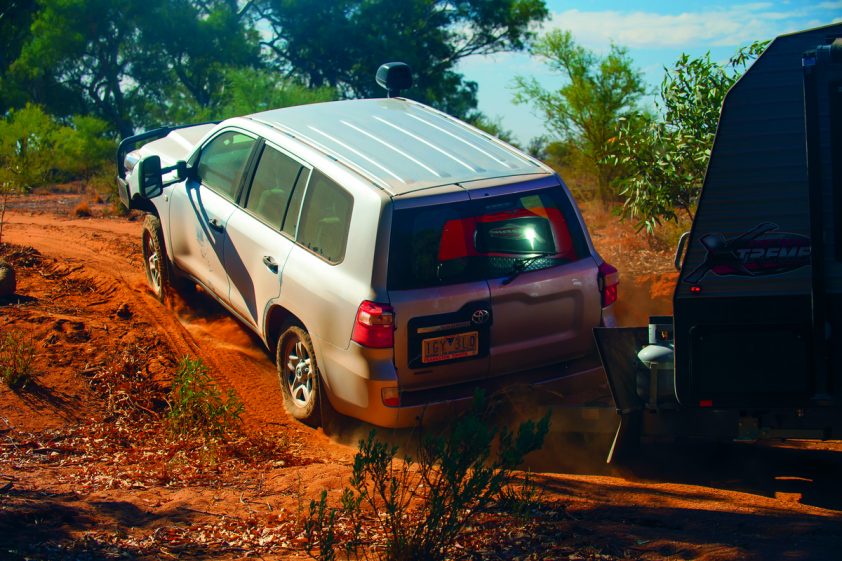As an avid caravanner who has seen every corner of this country, I’ve been to many beautiful national parks in my home state of Victoria. So when I was asked to write about my favourite Victorian national park it wasn’t easy to pick one out of the countless scenic spots I’ve visited. But one destination stands out for different reasons. Nestled in the far south-west corner of Victoria, Lower Glenelg National Park not only boasts spectacular scenery but it is home to numerous campgrounds situated along the picturesque Glenelg River.
GLENELG RIVER CARAVAN SITES
Out of nine campgrounds, Pritchards is the largest. It has 20 sites scattered along the river, with many suitable for caravans while others are for walk-in camping only. Pritchards is an easy drive from the main road, with basic facilities, including flush toilets, picnic tables, fireplaces and taps with drinking water. Each site has a million-dollar-view of the river but bookings are compulsory via the Parks Victoria website, Lower Glenelg NP protects a large section of the beautiful river, creating the ideal environment for fishing, boating, canoeing and swimming.

Declared a national park in 1969, the 27,300ha sanctuary is also a popular destination for bush walkers and campers as the area is home to the acclaimed Great South West Walk and the famous Princess Margaret Rose Cave, which is a must-see for anyone visiting the area.

Tours are conducted daily, providing you with a memorable experience of this underground natural attraction. Princess Margaret Rose Cave also has a campground with 17 unpowered sites in a tranquil bush setting for $33 per night ($30 off-peak).
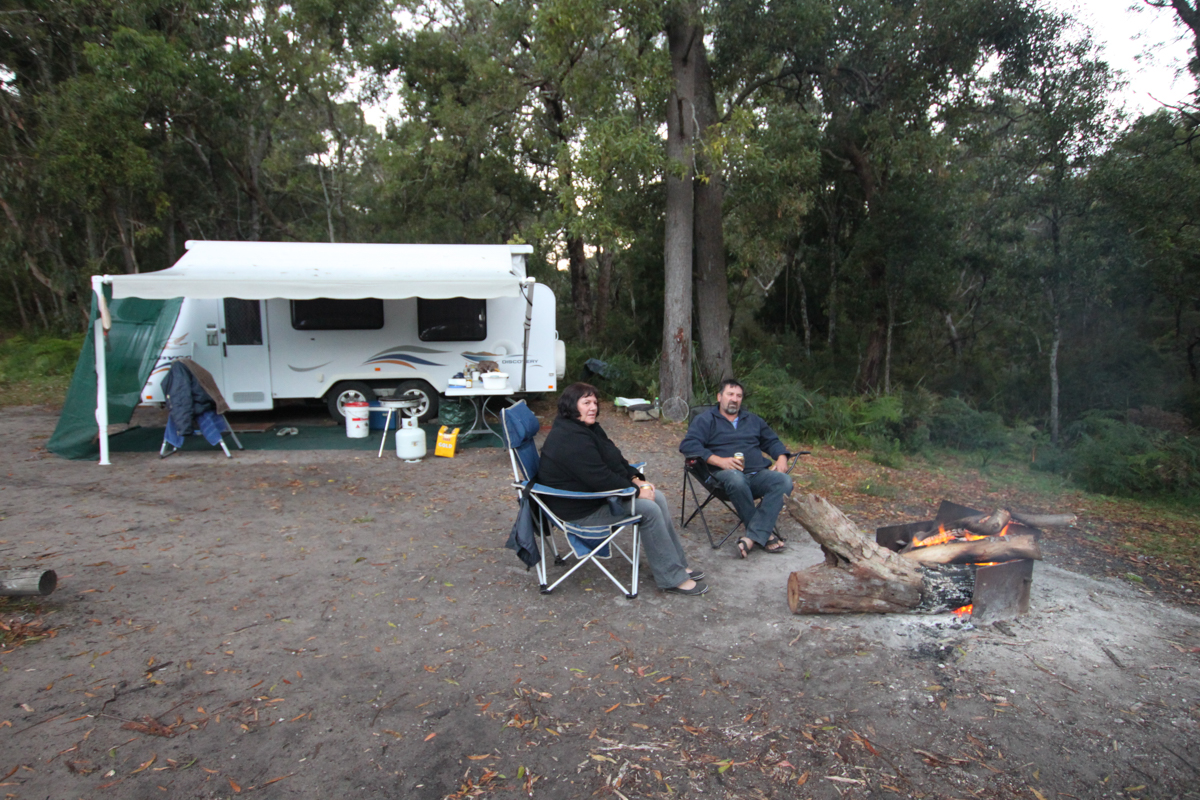
BUSH WALKS
A couple of short walks start at the kiosk and they are well worth the effort. A steep descent to the river leads to a spectacular section of the Glenelg River. Sheer white limestone cliffs tower up to 50m above the water, casting a perfect reflection on the river’s surface. The boat ramp is the ideal place to launch a canoe and admire the cliffs from up-close. A 20-minute bush walk will take you past old cave entrances – which are fenced off – to a lookout perched high upon the cliffs, affording spectacular views of the impressive river gorge.

If you fancy a longer hike, consider doing the 5km Lasletts Loop Walk, which is part of the Great South West Walk.
This 250km trek, with Portland as its starting and finishing point, was developed in the early 1980s. More than 30 years later, the hike is a popular destination with Aussies and overseas visitors alike. The walk traverses a diverse landscape, ranging from dense forests and the pristine Glenelg River to long stretches of beach and impressive rock formations. For this reason, it is also called ‘A Symphony in Four Movements’.
NELSON
The nearby town of Nelson, the last town before the South Australian border, is an interesting place in more ways than one. The boathouses along the river tell of a bygone era, as does the concrete bridge. Until 1893, there was no easy way to cross the Glenelg River. In the early days, workers had to negotiate a crossing at the rivermouth, which could only be attempted at low tide. The situation improved in the 1840s when Henry Kellett started operating a punt, but these crossings were not without risk – several capsizes resulted in the loss of men, bullocks and horses.
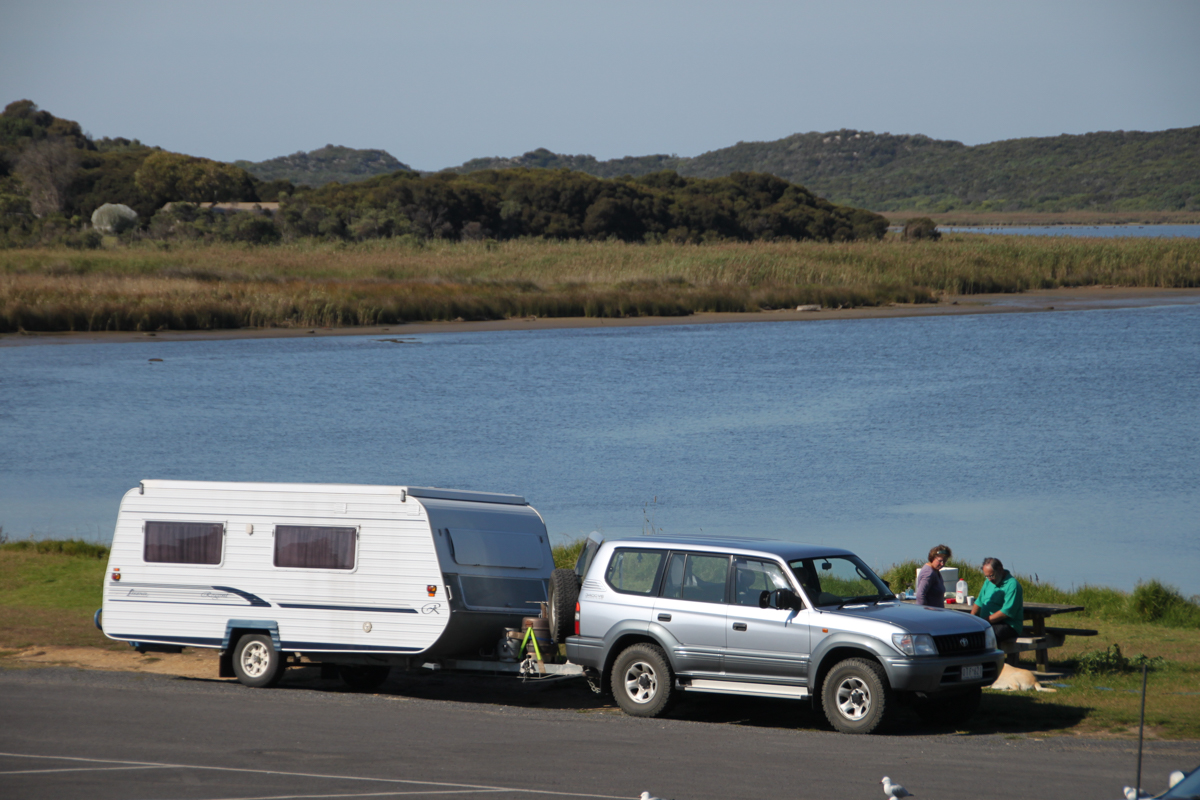
The first wooden bridge across the river was opened on March 8 1893, which lasted for 70 years until the steel bridge was finished in 1963. The current bridge was opened on September 21 1997, costing $4 million. The river is central to the life of the Nelson community and has been part of many interesting events. One such event was Australia Day in 1954, when a pontoon carrying a highland pipes and drum band sank in front of spectators – an unforgettable experience for those involved, no doubt. A visit to any small town is not complete without a lunch at the local hotel. Built in 1848, Andrew Brown was the first to obtain a licence to operate the Nelson Hotel and more than 150 years later the hotel still offers travellers lunches at an affordable price.
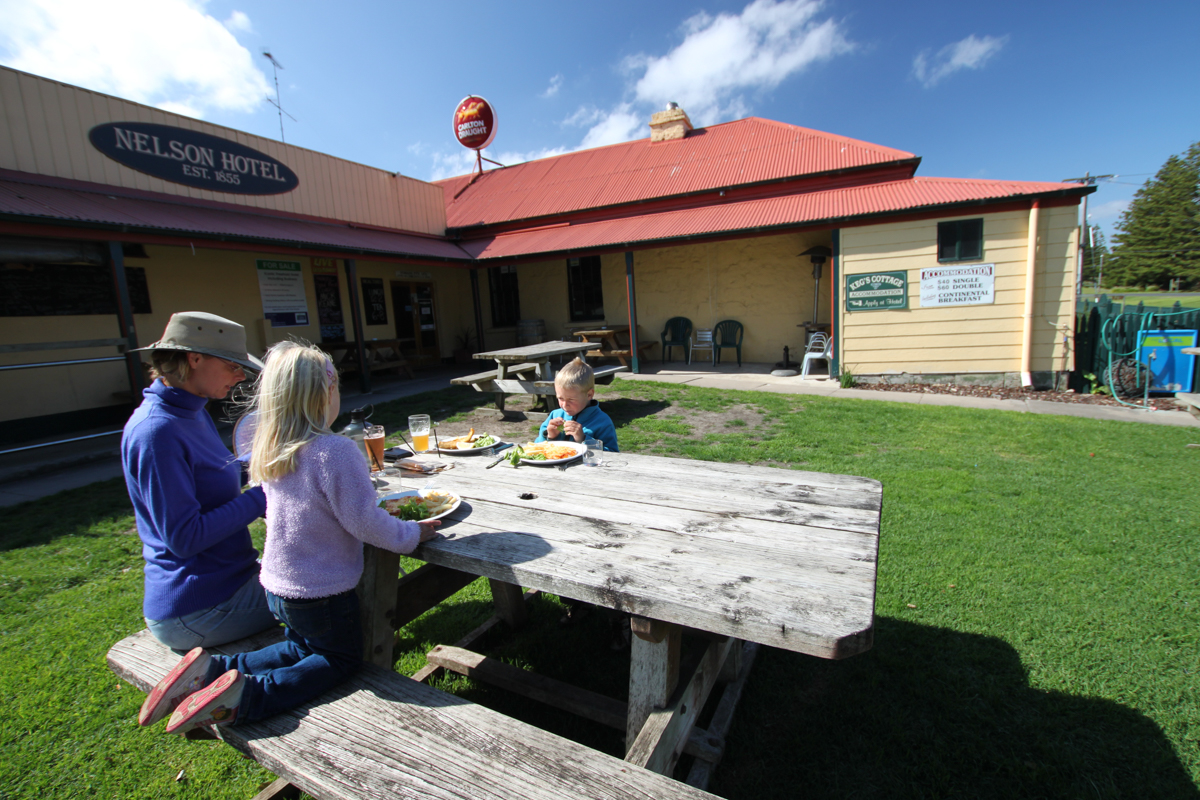
A short drive takes you to Nelson Beach, a great spot to watch the sun set over Discovery Bay. Another spot worth visiting is the nearby estuary, where a memorial plaque reminds us that Major Mitchell once stood here to observe the river.

Lower Glenelg National Park is also a great place to spot a variety of wildlife. The elusive platypus makes its home in these waters and dusk is the best time to spot them, but this small creature will also venture out on an overcast day. Kangaroos and koalas also call the park home, along with possums, echidnas, wombats, emus and you might even come across a potoroo.
Really, with a river, bush and a beach, Lower Glenelg National Park is the perfect touring destination.
GETTING TO LOWER GLENELG NP
Lower Glenelg National Park is situated in Victoria’s south-west corner and adjoins the South Australian border, 420km from Melbourne and 490km from Adelaide. The roads in the park are unsealed but generally well-maintained.
ACCOMMODATION
There are numerous campgrounds to choose from, but Pritchards is the largest and most accessible (suitable for caravans). Fireplaces, toilets and water are available at all sites. Sites must be pre-booked and paid before arrival, either via Parks Victoria’s website, or at Nelson Information Centre or Portland Maritime Discovery Centre. Generators are not permitted.

MORE INFORMATION
Nelson Information Centre: (08) 8738 4051
Princess Margaret Rose Cave: (08) 8738 4171
Portland Maritime Discovery Centre: (03) 5523 2671
Parks Victoria
Great South West Walk

